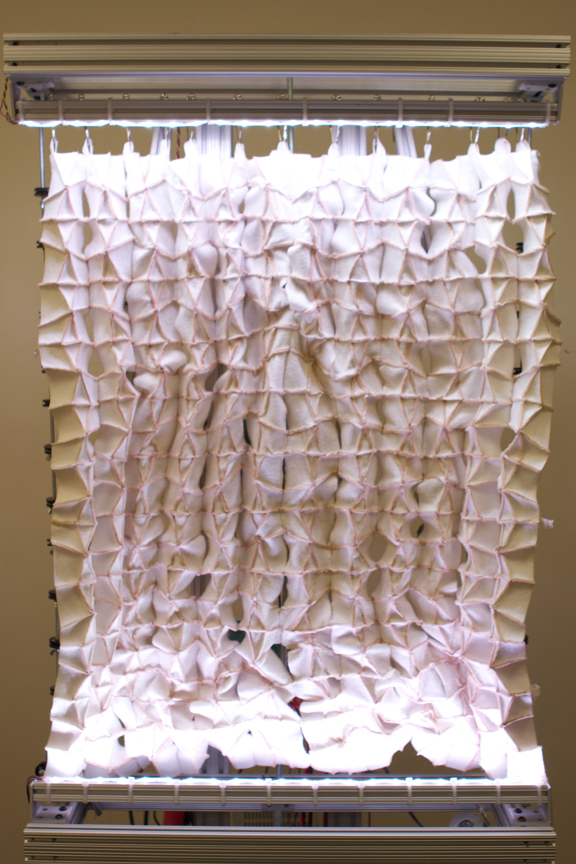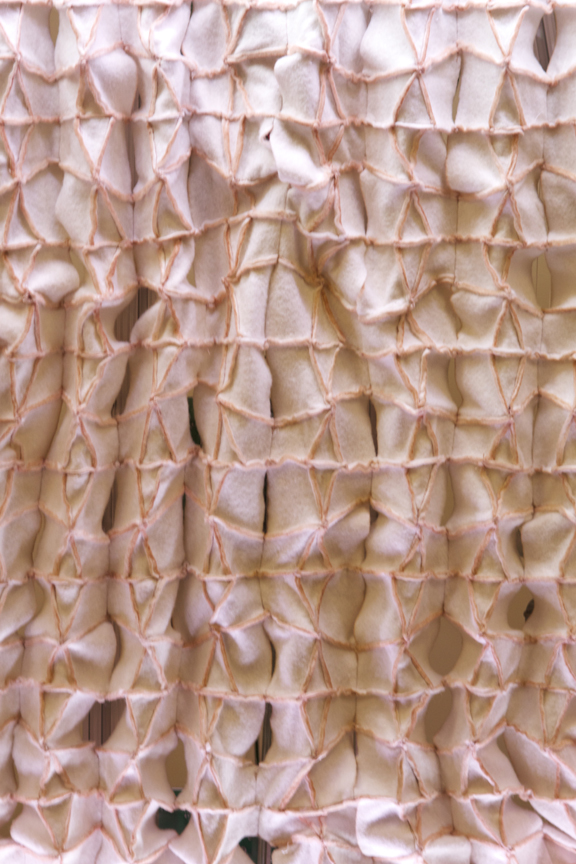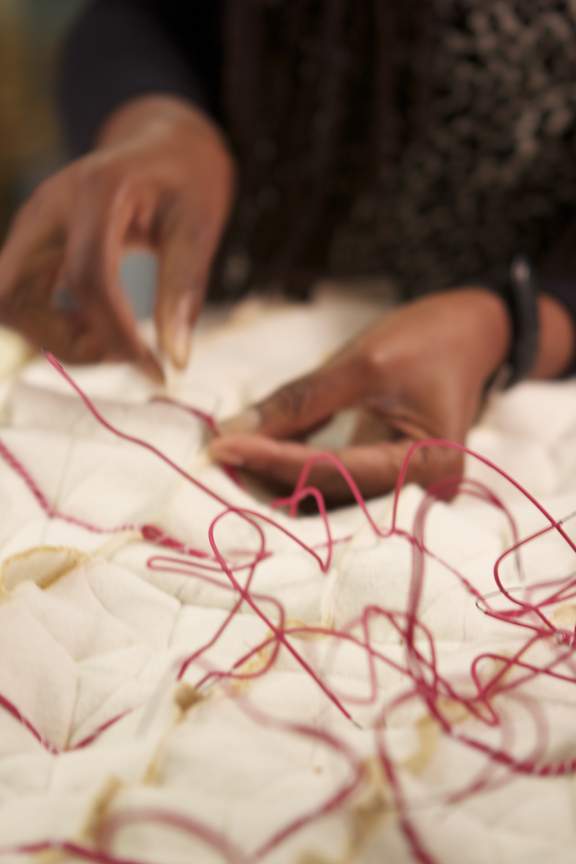TEXTILE MIRROR



The Textile Mirror
Imagine you have just experienced an emotional event, and as you enter the room, the walls begin to recede and crumple into tight patterns reflecting the pain you feel inside. Perhaps you are implicitly broadcasting your emotions via sensors either from your phone or via a wearable. Perhaps you have expressed an emotional state on a mobile application only to discover its effects on your environment.
Would this experience alter your current state or reinforce it? This concept of emotionally reactive dwellings was portrayed by sci-fi author J.G Ballard in his 1962 short story, “1000 Dreams of Stellavista.” He goes on to describe a future in which “psychotropic” homes exist and are designed to feel and react to the emotions of their occupants [1]. Today with the rise of affective computing, and recent developments in e-textiles, material science and sensor technologies, we can consider the ramifications of technology that could actively mirror, alter and transform our feelings through the materials that make up our buildings and environments.
The Textile Mirror is a prototype wall panel that changes shape in response to people’s emotions. In particular, I envision that this prototype could be used to help a user modify their emotional state from stressed or angry to happy and calm, simply by attempting
to transform the shape of the fabric. My intent was for the user to observe the fabric changing in reaction to her stressful state, and then reflect on their emotional state in order to try to relax. The Textile Mirror as shown here uses a mobile phone as the user interface, and is actuated by nitinol wires sewn into the back of the fabric.
1. Ballard, J.G. 1000 Dreams of stellavista. The Complete Stories of J.G. Ballard. W.W. Norton & Co. New York, 2001.
TEAM: Asta Roseway and Mary Czerwinski at Microsoft Research Redmond WA